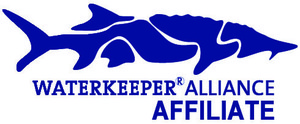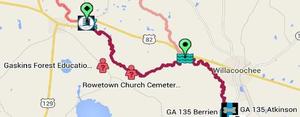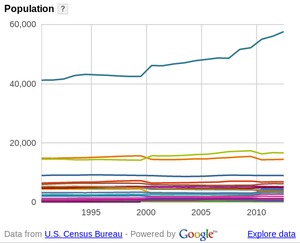Update 2023-03-31:
Suwannee River Basin is bigger than several states, less populous than any:
Suwannee Riverkeeper and WWALS work for fishable, swimmable, drinkable water in all 10,000 square miles of the Suwannee River Basin and Estuary.
FOR IMMEDIATE RELEASE
WWALS becomes Suwannee RIVERKEEPER®
Hahira, Georgia; December 30, 2016 — The Waterkeeper
Alliance Board of Directors has approved its Affiliate WWALS
Watershed Coalition, Inc. to become a Member. The newly appointed
Suwannee RIVERKEEPER®, John S. Quarterman, will work to protect
and preserve the Suwannee River Basin by combining his firsthand
knowledge of the waterways with an unwavering commitment to the
rights of the community and to the rule of law.
![[Detail with creeks]](https://www.wwals.net/pictures/2017-11-13--suwannee-watersheds/big/basin-creeks-detail.jpg)
Suwannee River Basin and Estuary including Santa Fe River HUC, added 2019-09-26.
“Waterkeeper Alliance is thrilled to have Suwannee
RIVERKEEPER® to be the eyes, ears, and voice for this vital
watershed and community,” said Robert F. Kennedy, Jr.,
President of Waterkeeper Alliance. “Every community deserves
to have swimmable, drinkable and fishable water, and John S.
Quarterman is the right leader to fight for clean water in the
region.”
The Suwannee RIVERKEEPER® will be a full-time advocate for
the Suwannee River and its tributaries, including the Withlacoochee,
Willacoochee, Alapaha, Little, and Suwannee Rivers in Georgia and
Florida, protecting and restoring water quality through community
action and enforcement. Quarterman stated, “Suwannee
RIVERKEEPER®’s aim is to provide strong advocacy that will
result in an improved quality of life for all citizens, whether they
rely on it for drinking water or recreation or whether they simply
value the Suwannee River Basin’s continued well-being.” Continue reading →

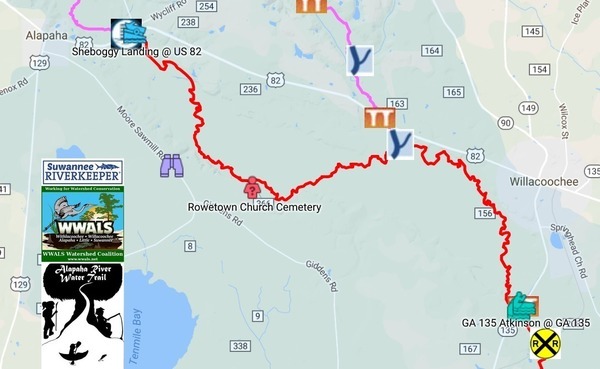
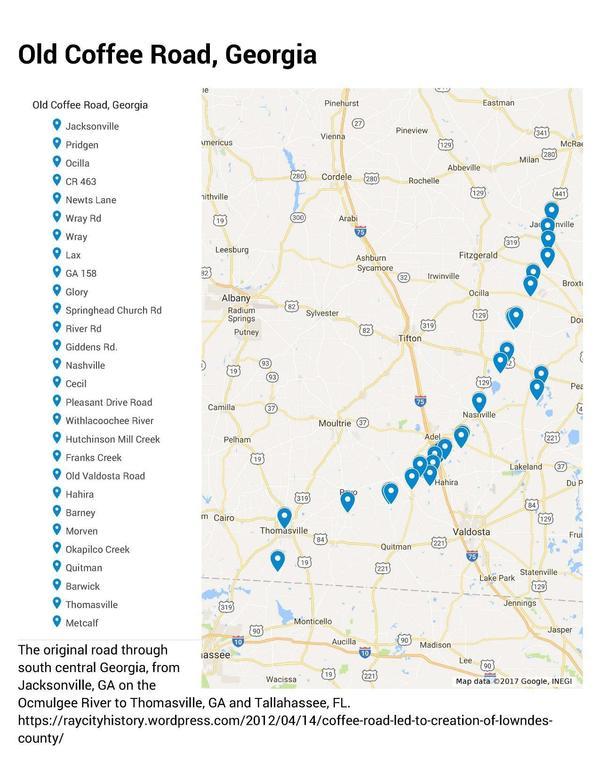
![[Detail with creeks]](https://www.wwals.net/pictures/2017-11-13--suwannee-watersheds/big/basin-creeks-detail.jpg)




